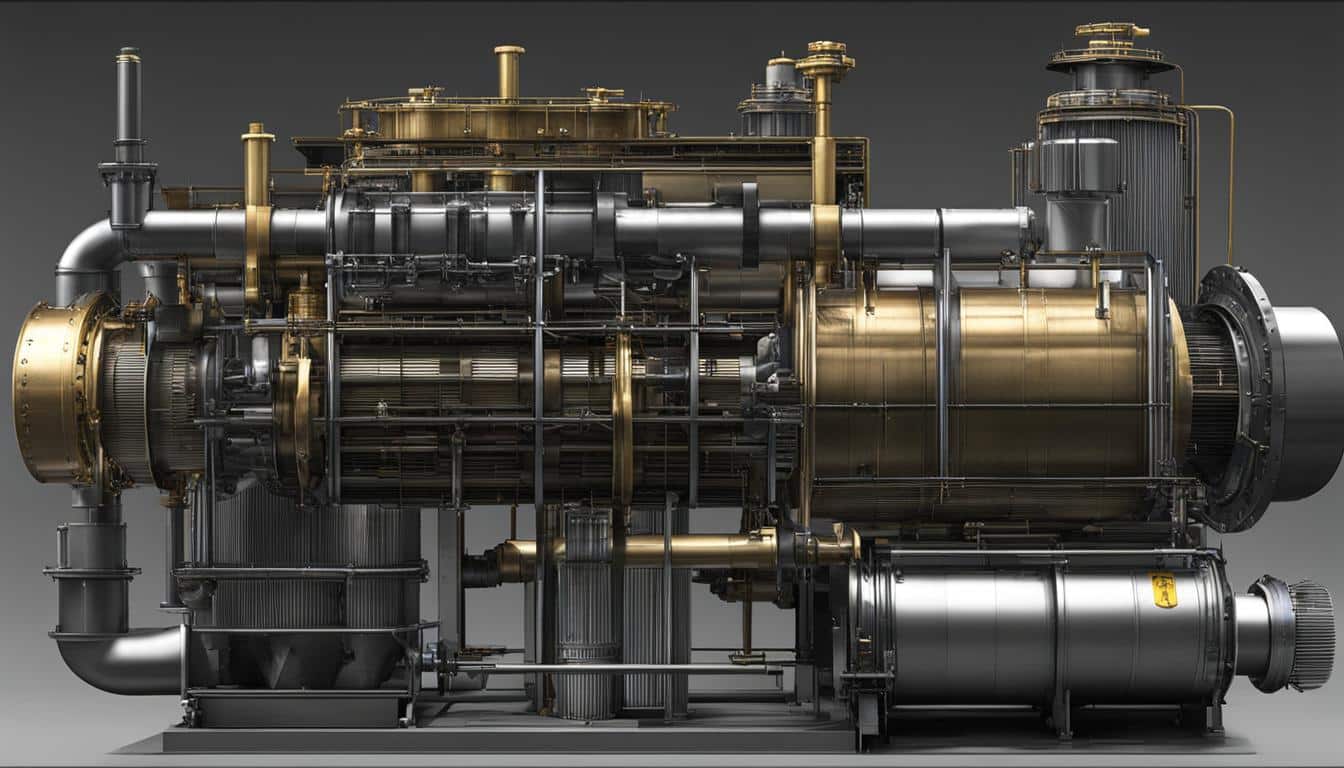
Introduction
Gas turbine engines have revolutionized aviation by providing powerful and efficient propulsion for aircraft. These engines have played a crucial role in making air travel faster, safer, and more reliable than ever before.
The principles behind gas turbine engines are based on the simple concept of converting the energy from burning fuel into mechanical power. This article will explore the technology behind gas turbine engines, their advantages, and their impact on the aviation industry. To get more details visit here https://www.https://alliedpg.com/.
The Technology Behind Gas Turbine Engines
Gas turbine engines, also known as jet engines, work on the principle of the Brayton cycle. This cycle involves four key processes: compression, combustion, expansion, and exhaust. Here's how a gas turbine engine works:
Key Components of a Gas Turbine Engine:
- Compressor: This component compresses incoming air to increase its pressure and temperature.
- Combustor: Fuel is injected into the compressed air and ignited to produce high-temperature, high-pressure gases.
- Turbine: The hot gases produced in the combustor expand and drive the turbine, which is connected to the compressor.
- Exhaust Nozzle: The exhaust gases are expelled through the nozzle at high speed, providing thrust to propel the aircraft forward.
Advantages of Gas Turbine Engines
Gas turbine engines offer a wide range of advantages that have made them the preferred choice for aircraft propulsion. Some of the key benefits include:
Efficiency:
- Gas turbine engines are highly efficient at converting fuel into mechanical power, making them ideal for long-haul flights.
- They have a high power-to-weight ratio, allowing aircraft to achieve high speeds and altitudes.
Reliability:
- Gas turbine engines are known for their reliability and durability, requiring less maintenance compared to other engine types.
- They have a longer operational lifespan, reducing the need for frequent engine replacements.
Performance:
- Gas turbine engines provide high thrust-to-weight ratios, enabling aircraft to take off and climb quickly.
- They offer excellent performance in various weather conditions, including high altitudes and extreme temperatures.
Impact of Gas Turbine Engines on the Aviation Industry
The adoption of gas turbine engines has had a profound impact on the aviation industry, transforming the way people travel and shaping the future of air transportation. Some of the key ways in which gas turbine engines have influenced aviation include:
Increased Speed and Range:
- Gas turbine engines have enabled aircraft to travel at higher speeds and cover longer distances, reducing travel times significantly.
- They have made it possible to operate non-stop flights between distant destinations, opening up new opportunities for airlines and passengers.
Improved Safety and Comfort:
- Gas turbine engines have enhanced the safety of air travel by providing reliable and powerful propulsion systems.
- They have improved passenger comfort by reducing noise and vibration levels in modern aircraft.
Environmental Sustainability:
- Gas turbine engines are more fuel-efficient and emit fewer pollutants compared to older engine types, contributing to environmental sustainability.
- Technological advancements in engine design have led to the development of quieter and more eco-friendly aircraft engines.
Conclusion
Gas turbine engines have revolutionized aviation by providing efficient, powerful, and reliable propulsion for aircraft. Their impact on the aviation industry has been profound, leading to faster travel times, improved safety and comfort, and environmental sustainability. As technology continues to advance, gas turbine engines will play a key role in shaping the future of air transportation, making flying safer, more efficient, and more sustainable than ever before.